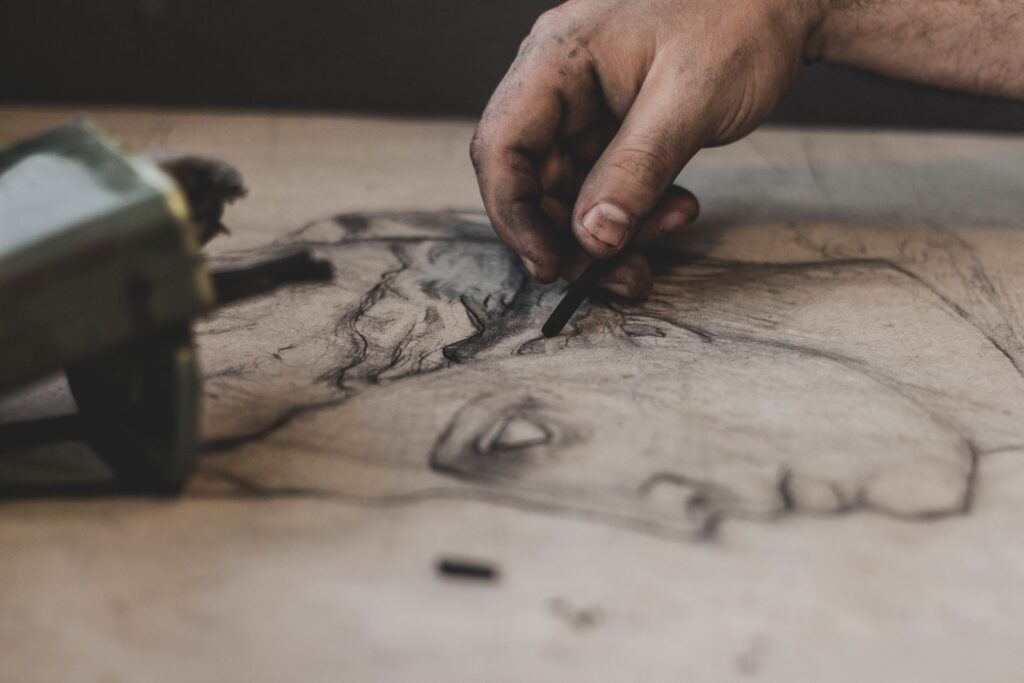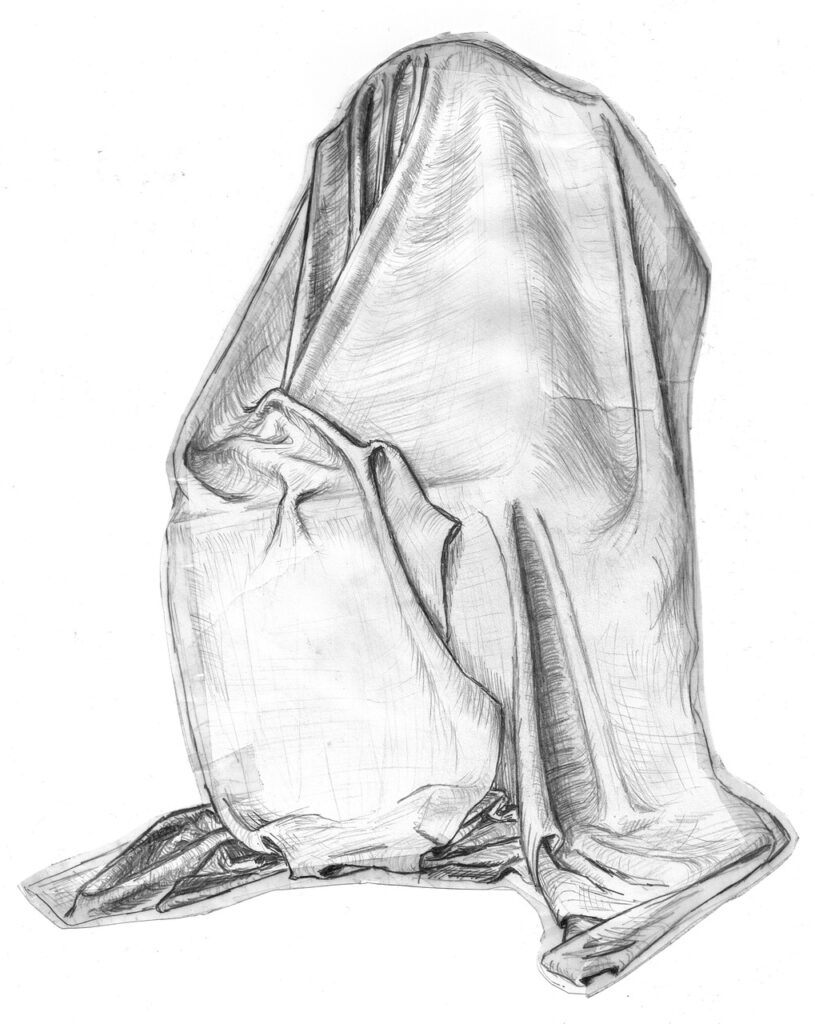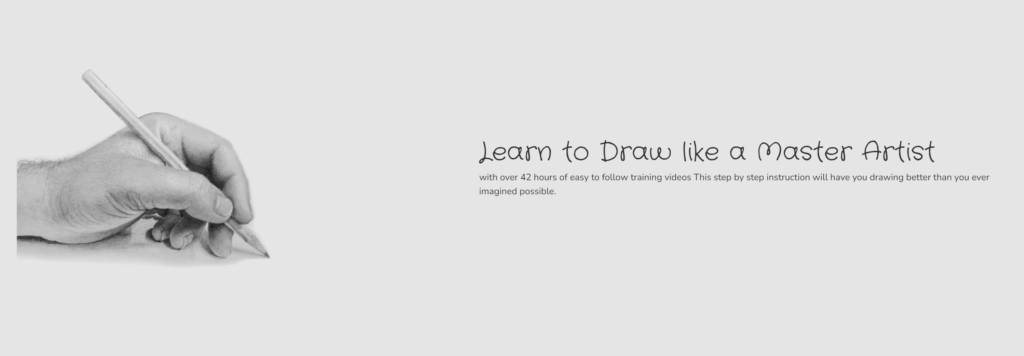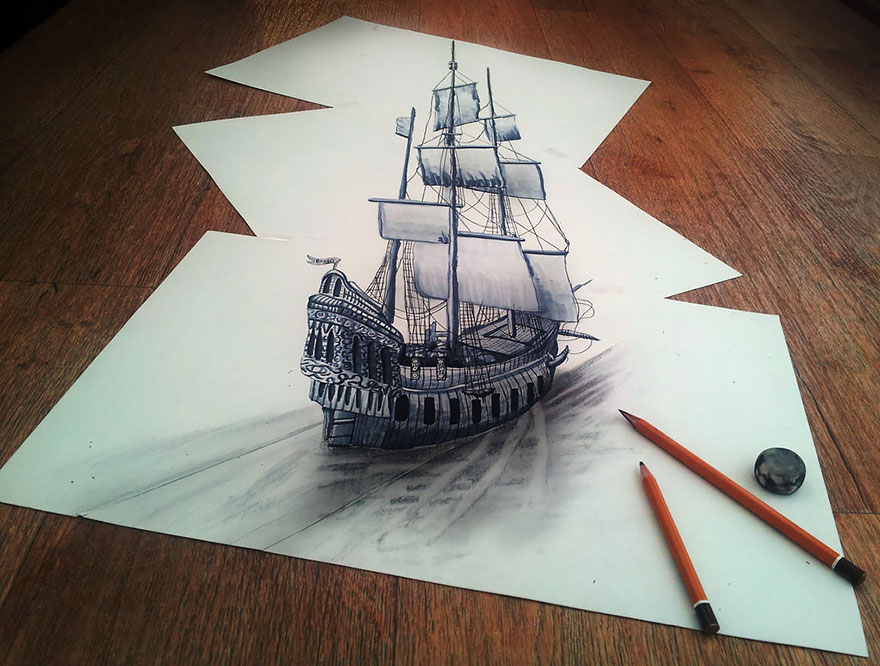Introduction
Pencil drawing is an art form that offers both accessibility and immense creative rewards. Armed with only a pencil and paper, you can embark on a journey to create intricate, lifelike drawings or unleash your imagination in freeform sketches. While becoming a master of pencil drawing requires practice, there are specific techniques that can significantly enhance your skills right away. In this article, we’ll delve into the 10 secrets that will elevate your pencil drawing abilities.
Choosing the Right Pencils and Paper
Selecting the appropriate tools is paramount for successful pencil drawing. Opt for high-quality drawing pencils that encompass a range of gradients, from the soft 6B to the hard 6H. Soft pencils like 6B produce deep, dark lines, perfect for shading, while harder pencils like 2H excel at fine details. Utilize smooth paper specially designed for pencil drawing, such as offerings from Strathmore, Canson, and Stonehenge, which enable effortless blending and layering of graphite.

Grasping Pencil Grades
Understanding the diverse pencil grades is essential. Softer pencils, labeled with a ‘B’ (e.g., 6B, 4B, 2B), yield darker and richer graphite marks. Conversely, harder pencils, designated with an ‘H’ (e.g., 6H, 4H, 2H), produce lighter marks. Familiarize yourself with these grades and their respective purposes. For instance, employ a 4B pencil for initial dark tones and a 2H pencil for intricate detailing.
Mastery of Pencil Strokes
The ability to control your pencil strokes according to your desired effect is an art in itself. Long, smooth strokes create blendable tones and seamless gradients, while short, circular strokes rapidly layer graphite for deeper, darker marks. Precise control over pencil pressure is crucial; apply more pressure for dark tones and reduce it for delicate details. Practice various stroke techniques on scrap paper to cultivate consistency.
Initiating with Light Pencil Outlines
When commencing a drawing, lightly sketch your subject using a harder pencil. This initial sketch serves as a guide, allowing you to accurately establish the drawing’s composition before introducing darker tones. Furthermore, this approach permits easy erasure and modification of preliminary lines without leaving unwanted marks. After finalizing your outline, return with softer pencils to intensify key lines and incorporate shading.
The Significance of Value
In the realm of drawing, ‘value’ pertains to the relative lightness or darkness of different areas. Proficiency in managing value is crucial for creating the illusion of three-dimensional form. Even with a meticulously crafted outline, a drawing may appear flat if the values are not accurately represented. Squinting at your reference aids in simplifying the interplay of lights and darks. Identify the shadows and highlights that define the subject’s form and use tonal layers to capture them in your drawing.

Shading: From Dark to Light
When rendering realistic drawings, it is often advantageous to initiate shading with darker tones and gradually transition to lighter ones. This approach yields deeper blacks and enhances the overall depth of the dark tones. Starting lightly leaves less room for further darkening. Begin by working on the darkest areas, progress to midtones, and finally apply delicate layers for highlights.
Achieving Smooth Blending with Stumps and Tortillons
To achieve seamless shading and gentle gradients, employ stumps and tortillons for blending. These specialized tools, resembling pointed paper stubs, are designed for smudging and softening pencil marks. Stumps, with their finer tips, are suitable for detailed work, while tortillons, featuring broader tips, excel at broader blending. Experiment with dipping them in water or thinning solvents like Gamsol to dilute and spread the graphite effectively.
Crafting Highlights with a Kneaded Eraser
Kneaded erasers, pliable tools akin to putty, are invaluable for lifting graphite to lighten tones or create highlights. Use gentle, small strokes to gradually lift the tone instead of rubbing vigorously. These erasers can be shaped into fine points to precisely remove small details.
Enhancing Durability with Fixative
Applying fixative spray serves to seal and safeguard completed pencil drawings, preventing smudging or fading over time. Additionally, it intensifies and saturates dark tones. However, it must be applied judiciously, as excessive coating can result in unwanted shine. Always apply fixative outdoors to avoid inhalation.
Dedicate Time to Fundamentals
Becoming proficient in drawing necessitates continuous practice and an emphasis on fundamental skills such as line quality, shading, proportion, perspective, and composition. Dedicate time each day to draw from life, focusing on master studies and observational drawing. While drawing from photographs is acceptable, prioritize honing your skills through direct observation. Enroll in a class and keep a sketchbook to witness a steady progression in your abilities.
Incorporating these pencil drawing techniques into your practice routine will undoubtedly sharpen your skills. Remember, perfection is not the immediate goal; instead, savor the creative process and relish the joy of learning. With persistence and experience, you’ll be astounded by the artwork you can create. Maintaining consistent drawing habits is the secret to mastering the timeless and gratifying art of pencil drawing.
In Conclusion
Pencil drawing offers the immediate gratification of transforming a blank page into a work of art filled with texture, contrast, and expression. By applying the techniques outlined in this article—choosing quality supplies, understanding pencil grades, mastering strokes, perfecting values, shading skillfully, blending with finesse, erasing effectively, and preserving your drawings with fixative—you can elevate your artistic prowess. Devote time to close observation, practice the fundamentals diligently, and draw daily to witness remarkable improvement. By consistently applying these secrets, you’ll witness exponential growth in your pencil drawing abilities. With knowledge and practice as your allies, you can truly master this timeless and fulfilling art form.
Want almost 2 days worth of drawing video tutorials? Become a master of the craft this week? Click Here


